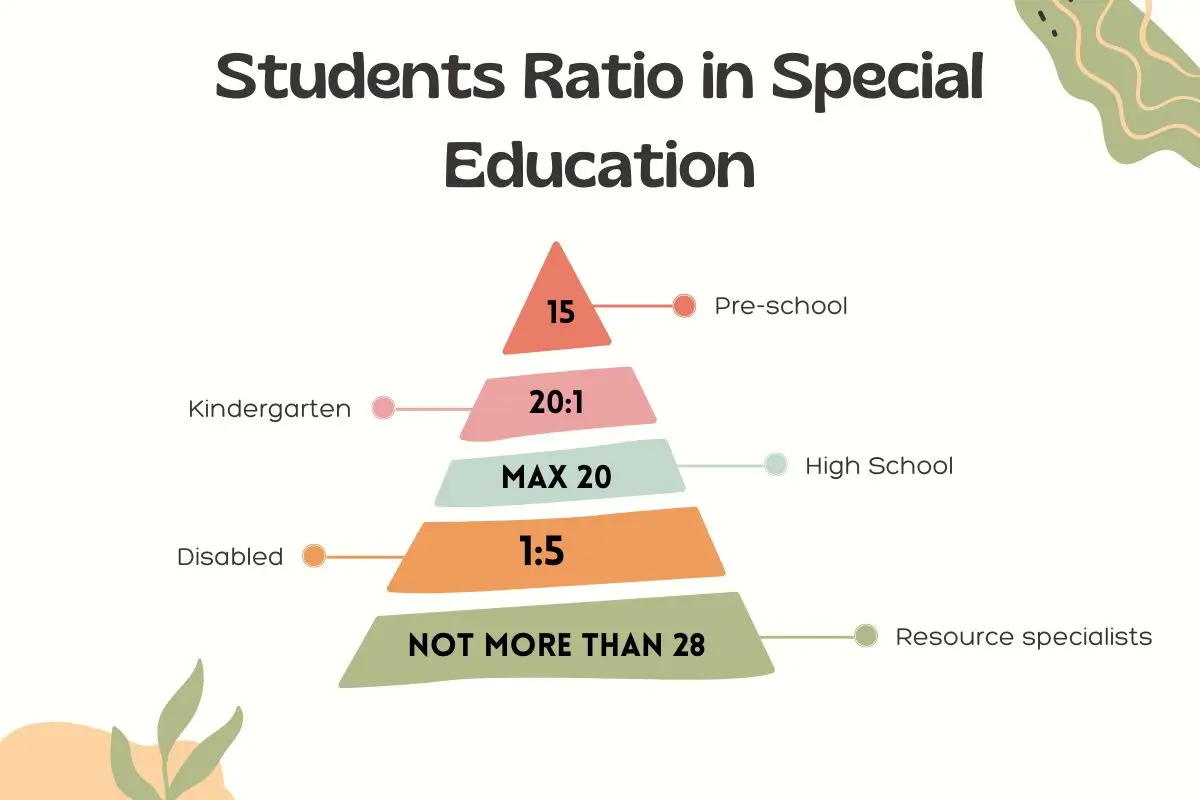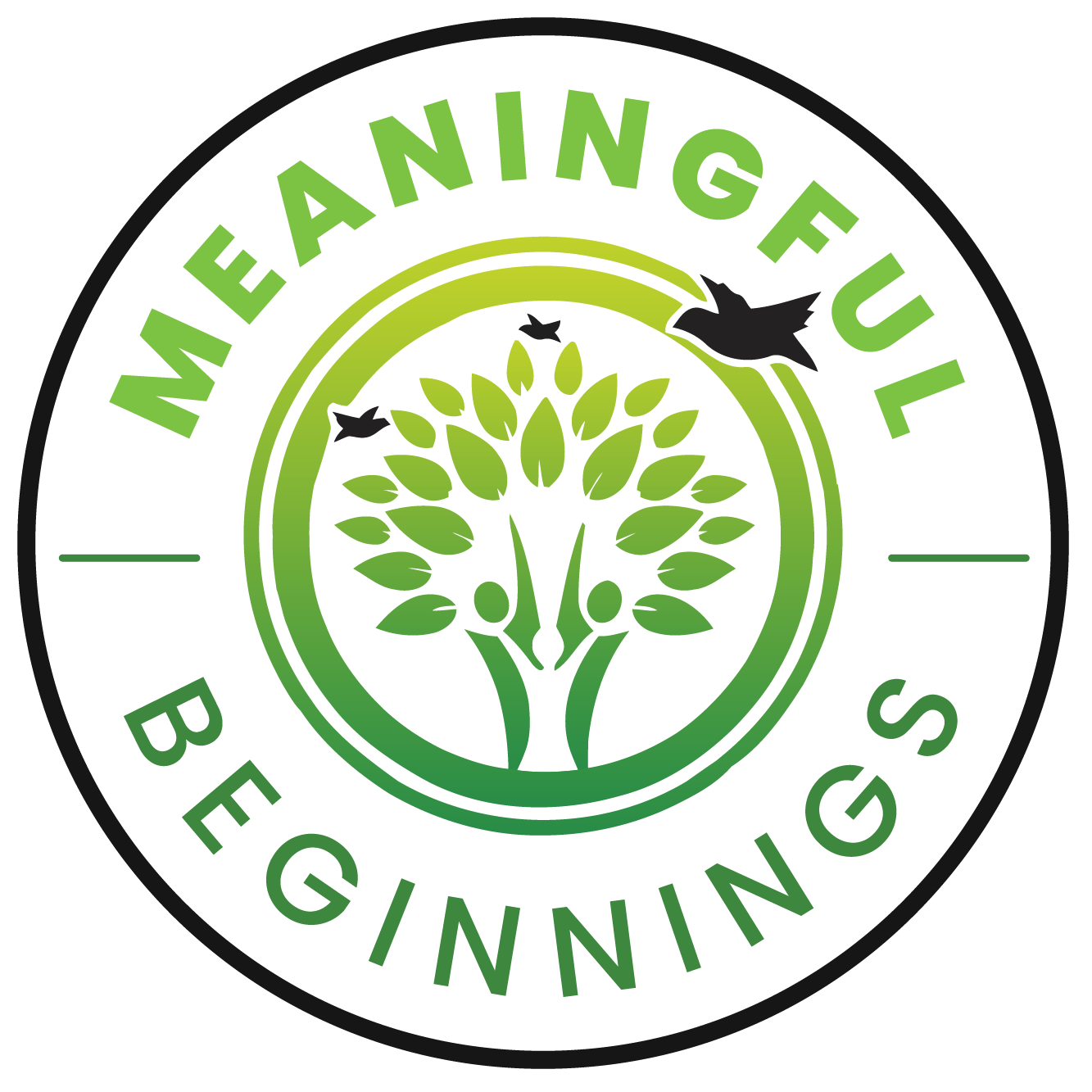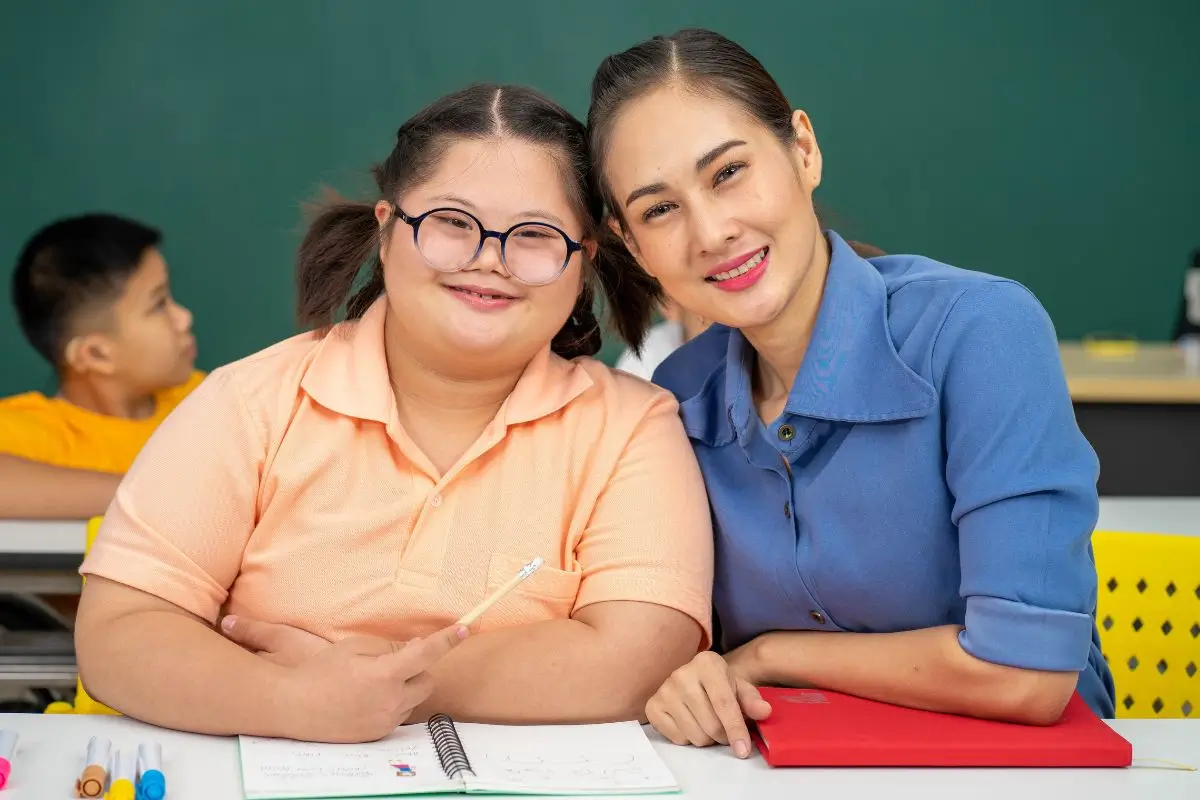For the quality education of children, the teacher-to-child ratio is the most important factor. With proper ratios, educators can give equal, personal attention to each child. Hence, the school needs to be licensed and/or accredited by NAEYC.
But what is the perfect ratio? Since there are age differences between infants and kindergarten kids, the ratio also differs. Today, we will discuss the California Child Care Ratios.
What Are Teacher-To-Child Ratios?
Teacher-to-child ratios are the number of teachers available per number of children in a classroom or childcare setting. These ratios are licensed and regulated by the Community Care Licensing Division of the State Department of Social Services in California. These strict, specific regulations are in place to ensure the standard of childcare is maintained. All to make the system reliable and secure.
These ratios are important as they tell the amount of attention each child should receive. A lower ratio means fewer children per teacher. So, there can be more individualized attention, instruction, and closer supervision.
It’s important to note that these ratios are not one-size-fits-all. They vary depending on the age of the children and the specific requirements. Understanding these age-specific requirements is key to providing the best possible care.
For example, infants often need more attention. There should be one teacher for every three infants. In contrast, pre-schoolers may need one teacher per ten kids. As a result, sometimes it is seen ratios maintain teachers quality as well as students mental development.
What Is The Teacher-To-Child Ratio By Age In California?

Cal. Code Regs. Tit. 22, § 101216.3 – Teacher-Child Ratio
All licensed programs must adhere to the regulations in Title 22 of the California Administrative Code. On the other hand, state-subsidized child care centers must also follow the Education Code requirements in Title 5.
The ratios for California childcare depend on the type of facility where the preschool is situated. A teacher doesn’t have to do cleaning or maintenance tasks that stop them from taking care of and supervising children. The number of children present should not go over the allowed limit.
- Infant ratios (birth to 18 months old): 1 teacher for four infants. 1 fully qualified teacher with two aides for 12 infants.
- For toddlers (18 months to 36 months old): The teacher-toddler ratio is 1:6; for 12 toddlers, there is one adult-qualified teacher and one aide.
- Preschool (36 months in kindergarten): 1:12 teacher-child ratio. Or 1 teacher and one aide for 15 preschoolers. With 18 children, 1 fully qualified teacher with the help of 1 aide.
- Children (enrolled in kindergarten through 14 years old): The adult-child ratio is 1:14 . And 1 fully qualified teacher and 1 aide for 28 children.
- Supervise napping: 1 teacher and 1 aide for 12 napping infants, toddlers, and 24 preschoolers.
If children are participating in activities outside of the center, there should not be a teacher responsible for more than 12 children. However, the child care center director can be counted in the teacher-child ratio if they are actively teaching a group of children. The same goes for the substitute child care center director if they are also actively teaching a group of children.
Ratios in Special Education

In California, there are specific laws in place for special education. For moderate or severe teachers, the maximum number of students with severe disabilities should not exceed 8, according to the California Education Code.
- Preschool: Mild/moderate caseloads should have no more than 15 students.
- Kindergarten/pre-K (age 5–6) to 8th grade (up to age 14): Mild/moderate caseloads should average 20:1, with a maximum of 21 students. Moderate/severe caseloads should average 10:1, with a maximum of 11 students.
- High school: Mild/Moderate teachers should have an average of 20 students, with a maximum of 21. For Moderate/Severe teachers at the high school level, the maximum number of students should be 11.
- Severely disabled students ages 3–5: Instructional adult-to-child ratios should not exceed 1:5.
- Resource specialists: Caseloads should not exceed 28 students.
What Are The Childcare Ratios Under Naeyc?
NAEYC has provided guidelines for staff-to-child ratios and class sizes in its accredited programs.
The staff-to-child ratio is the number of children per teaching staff member. The class size refers to the number of children under the care of a specific teacher or team. Each classroom must have at least one designated teacher.
- Infant (0 – 15 months): 1 teacher: 4 children with a maximum class size of 8 children.
- Toddler (12-36 months): 1 teacher: 6 children; the maximum class size is 12 children.
- Preschool (30 months-5 years): 1:10 teacher children for 20 children class size.
- Children (enrolled in kindergarten): 1:10 teacher-child ratio for 20 group size.
Why Are Staff-To-Child Ratios Important?
Staff-to-child ratios are important for several reasons.
- Keeping Kids Safe
- Giving Personalized Care
- Building Bonds & Support
- Education & Growth
- Stopping Child Neglect
- Excellence in Childcare
Firstly, with adequate ratios, each child is safely supervised at all times. Educators can quickly respond to any emergencies.
Secondly, in smaller groups, teachers can closely observe each child’s progress. They can provide the necessary guidance to support their developmental needs. This personalized attention is crucial in the formative years of a child’s life.
Moreover, perfect staff-to-child ratios help the teacher manage the behavior and engagement of the kids properly. So, every child can learn better and develop their abilities.
Staff Qualifications (Child Care Centers)
Childcare centers require specific qualifications for their staff members. Teachers, Aides, and Assistants must be at least 18 years old and always work under a teacher’s supervision.
The teachers must have completed 12 semester units in Early Childhood Education/Child Development (ECE/CD) and have at least six months of experience.
As for supervisors, they need to have 12 ECE units (core) and three administration units. These qualifications ensure that the staff members are qualified to provide quality care and education to the children in the center.
Verdict
In California, childcare ratios laws are,
(i) Infants have a 1:3 adult-child ratio and a 1:18 teacher-child ratio.
(ii) Toddlers have a 1:4 adult-child ratio and a 1:16 teacher-child ratio.
(iii) Preschoolers have a 1:8 adult-child ratio and a 1:24 teacher-child ratio.
(iv) Children from kindergarten to 13 years old have a 1:14 adult-child ratio and a 1:28 teacher-child ratio.
Schools need to follow these rules. This law gives each child proper love, care, and education. With these ratios, teachers can notice any issue quickly. They can give full attention to every child. Ultimately, every child gets the chance for good developmental growth.
References:
https://www.earlychildhood.org/standards/ratios.cfm
https://t22.caqualityearlylearning.org/continuing-requirements/teacher-child-ratio
https://www.law.cornell.edu/regulations/california/22-CCR-101216.3








